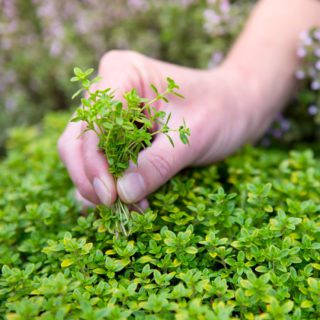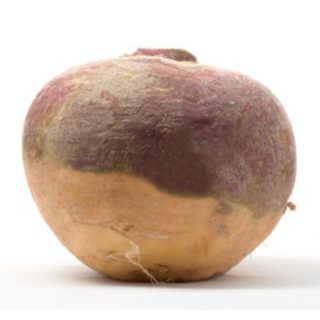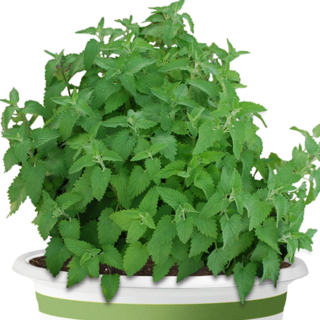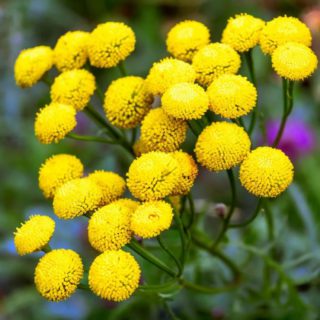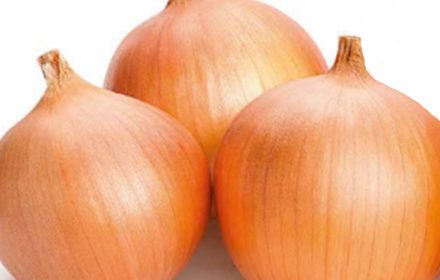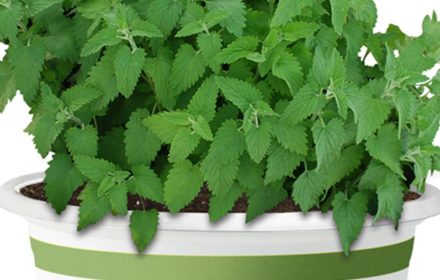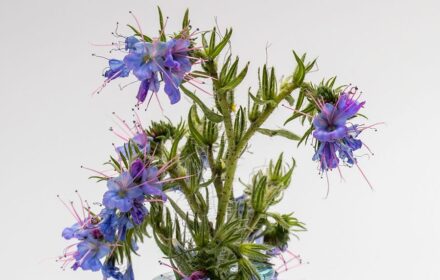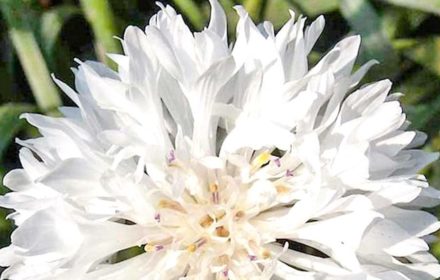How to Sow Mixed Catnip Seeds
This mix of both purple and white flowered catnip offers a hardy perennial blend that grows perfectly together. Popular with cats and dogs, catnip provides a continuous supply of fresh leaves and flowers, often harvested for making treats, toys, or for its minty scent. Beyond pets, these plants are also highly attractive to pollinators like bees and butterflies. Whether you grow them indoors or outdoors, in pots, trays, or directly in your garden, this hardy variety thrives in UK weather conditions, making it a perfect addition to any garden or home.
When and Where to Sow Mixed Catnip Seeds
- Indoor Sowing: Catnip seeds can be started indoors any time of the year, providing a controlled environment for better germination. A windowsill, conservatory, or greenhouse is ideal, as these plants thrive in sunny conditions.
- Outdoor Sowing: For outdoor sowing, wait until late spring or early summer when temperatures have warmed up and there is no risk of frost. Catnip seeds germinate best in warm, well-drained soil.
Ideal Growing Conditions for Mixed Catnip
- Soil Requirements: Catnip will grow in a wide variety of soils, but fresh compost or well-drained soil will yield the best results. Be sure the soil is kept moist during the germination period, but avoid overwatering.
- Sunlight: These plants require plenty of sunlight to thrive. Choose a spot that receives full sun for the best growth.
- Temperature: Ideal germination temperatures are between 16-20°C. Catnip seeds are slow to germinate, so patience is key, but providing warmth and consistent conditions will help ensure success.
How to Sow Mixed Catnip Seeds Indoors
- Sowing Depth and Spacing: Sow the seeds 1/2 inch deep in seed trays or pots filled with well-drained compost. Cover the seeds lightly with soil and ensure they are spaced thinly to allow for proper air circulation and growth.
- Watering and Cover: Keep the compost moist but not waterlogged. Cover the trays or pots with a clear cover or polythene to retain moisture and warmth, which aids in germination.
- Germination Period: Germination typically takes 14-20 days, but catnip seeds are slow to sprout, so it’s essential to maintain consistent conditions. Once seedlings reach 7-8cm (3 inches) tall, they can be transplanted.
- Transplanting: Once the seedlings are established, they can be transplanted to their final growing location, either in pots, containers, or directly into the garden.
How to Sow Mixed Catnip Seeds Outdoors
- Preparing the Soil: Wait until late spring or early summer for outdoor sowing. Prepare the ground by loosening the soil and adding compost for better drainage. Ensure that the spot chosen receives plenty of sunlight.
- Sowing Depth: Sow the seeds 1/2 inch deep, covering lightly with soil. Space the seeds thinly to allow them room to grow.
- Watering: Water the seeds regularly to keep the soil moist during germination, but avoid waterlogging. Germination may take longer outdoors, depending on the weather.
- Transplanting: Once seedlings have grown to around 3 inches tall, they can be transplanted or left to continue growing in place.
Caring for Mixed Catnip Plants
- Watering: Once established, catnip is relatively drought-tolerant but will benefit from occasional watering during dry spells. During the germination and early growth stages, keep the soil consistently moist.
- Pruning: To prevent catnip from spreading uncontrollably, cut back the flowers after they bloom. This will prevent the plants from self-seeding and taking over your garden.
- Fertilising: Catnip generally doesn’t need much feeding, but adding compost in the spring can encourage more robust growth.
Common Questions About Growing Mixed Catnip
How long does it take for catnip seeds to germinate? Catnip seeds typically take 14-20 days to germinate, but the process can be slow. Ensure the soil is warm, moist, and consistently cared for to improve germination rates.
Can catnip grow in partial shade? While catnip prefers full sun for optimal growth, it can tolerate partial shade. However, you may notice slower growth and fewer flowers in shadier spots.
Is catnip safe for pets? Yes, catnip is non-toxic and safe for cats and dogs. You can harvest leaves for treats or allow your pets to enjoy the plants directly.
How do I stop catnip from spreading? To prevent self-seeding, prune the flowers after they bloom. This will stop the plant from spreading throughout your garden.
Can I grow catnip indoors? Yes, catnip grows well indoors in pots or containers. Just make sure to place it in a sunny location, such as a windowsill, and keep the soil moist.
By following these steps, you can successfully grow mixed catnip plants, providing your garden with both beauty and a fragrant treat for your pets.


